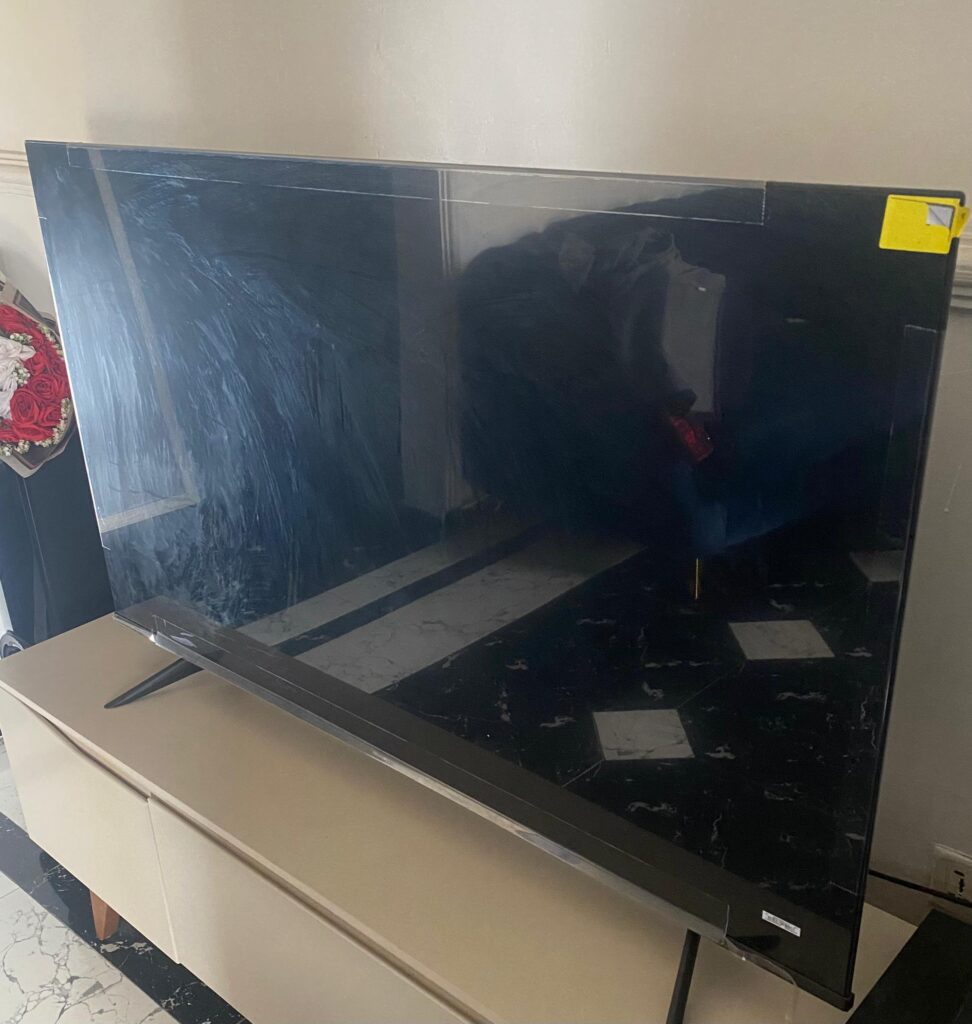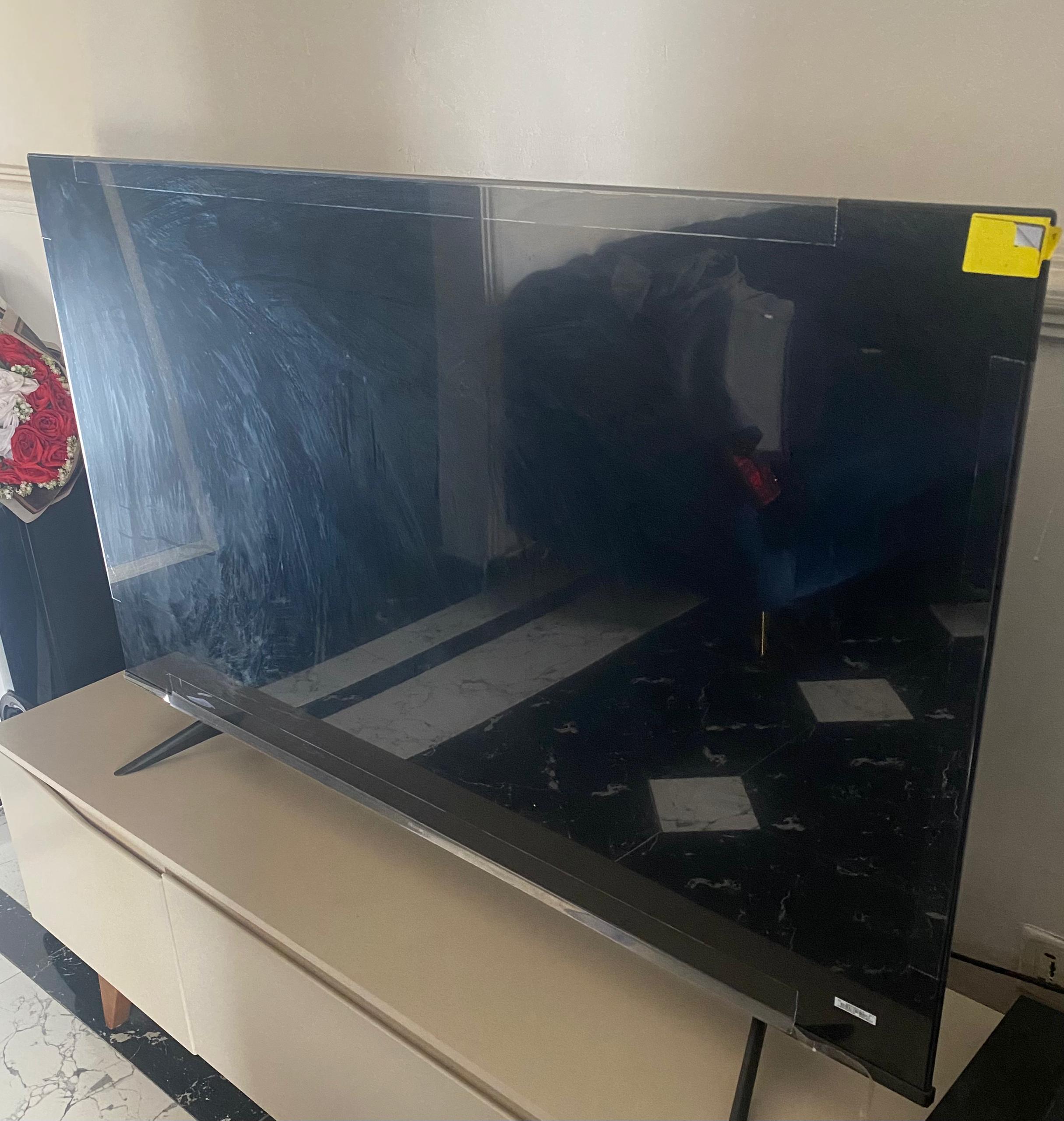
The fourth generation of computer are associated with a very powerful integrated circuits know as the micro processor, the microprocessor is an IC with very large scale integration that consists of single CPU or CPU is made up of single chip.
The first microprocessor developed in 1970 was the Intel 4004 that contains 2300 PMOS transistors. The Intel 4004 is 4-bit microprocessor that processes 4-bits of data at a time.
Since that time they have been improvement in the manufacture of the microprocessors over another. UP to date 644-bits microprocessor have been developed. The single CPU control the operation of the computer making the computer to occupy very small space.
In large scale integration, instead of having one simple electronic circuit on silicon chip, more than one electronic circuit are integrated in one silicon chip, example of computer are IBM PC, COMPAQ PC, Lap-top and desktop.
Features
- They were smaller in size and yet powerful in processing speed. It has more storage capacity when compared to the other generation.
- The use of microprocessors made computer so cheap that individuals can afford to buy them, hence the name personal computers.
- The soft included menu-driven interactive operating system e.g. MS-WINDOWS, application software and voice input.
- There was rapid growth in computer network, internet and E-mail because programs were developed to enable a number of in computers to be linked together. They can interact with one another over short and long distances.
Fifth Generation (1990- TILL DATE)
This generation of computers capable of solving problems, perform complicated job. It can produce sound, talk, text, listen and speak to people this was achieved by the development of software that the artificial intelligence and robotic were utilized. Robotic can be seen playing piano, carrying heavy loads etc.
Features
- Windows introduced more feature like mouse and visual user interface with icons instead of command.
- More complicated application packages emerged lie graphic.
- It is knowledge based like humans.
- The speed and storage capacity increased.
Classification of Computers
The computer could be classified broadly as digital, Analogue and Hybrid depending on which characteristics it displayed.
Digital Computer
A digital computer has its numbers, data, letters or other symbols represented in digital format. The digital computer is a machine made of combination of chips, flip-flop, buttons and other electronic devices to make it function at a very fast speed. It accepts data an information put forward to it and carried out an arithmetic transfer and logical operation on the data and supplies the required information on an acceptable format. They depend on the input and manipulation of the programmer. They are called digital computers because they work with numbers in the form of discrete digits. The work with information that is digital or character format, including alphabetic and other symbols as well as numbers. The digital computer operates by counting numbers. It operates directly on numbers expressed as digits in a familiar decimal system.
Examples of Digital Computers are:
IBM 360/370, PDP11/34, APPLE MICRO COMPUTERS etc.
Features of a Digital Computer:
- Digital computer is based on the digit in a binary number system.
- Digital computer is capable of handling alphabetical and alphanumeric data with some precision.
- Digital computers are the most common computers.
- They operate by being given a series of step of instructions.
Analogue Computers
The Analogue computer does not compute directly with numbers; rather, it measures continuously physical magnitude (e.g. pressure, temperature, voltage, current, shaft rotation, length etc which represents the number under consideration. The service station gasoline pump, for example, contains an Analogue computer that converts the flow of pumped fuel with two measurements. The prices of the pumped gasoline to the nearest tenth of a gallon. Other examples of analogue computers are:
- The widely used slide rule, which permits computations by the movement of one length along another and
- The automobile speedometer, which converts drive shaft rotational motion in a numeric indication by the speedometer pointer.
- Analogue computers are used for scientific, engineering and processing control purposes because the lead with quantities that are continuously variable, they give only approximate results.
Features of Analogue Computers
- The operate in a very similar way i.e. in one smooth continuous form.
- They are used in industrial operation.
- Analogue computers operate by accepting data as a quantity varying over a length of time.
- They handled data inform of continuous signal such as temperature.
Hybrid Computers
Hybrid computers are made of at least one stored program digital process linked with an multiplicity of Analogue computer units.
They have pioneered in the solution of engineering simulation studies. The combination of analogue and digital computers is utilizing the storage facilities of the digital computers and the parallel computing capabilities of the analogue computers to achieve success in the solving of simulation problems.
Features of Hybrid Computers
- It combines some of the properties of both digital and analogue.
- Hybrid computer can measure the pH value of a solution and convert it to numbers.
- They I found in scientific and technical applications.
Classification of Computers by Purposes
The classification of computers by purpose or use depends on the type of task available. Usually general purpose computers are.
Micro Computer
This is the smallest general purpose digital computer, it is on single user and a single task oriented system that supports a wide range of applications. It consists of a microprocessor, an associated storage and input/output units. There is no clear distinction between microcomputer and mini computer as regards to the physical size, but today operational speed and the memory size put the mini computers above microcomputers.
Microcomputers have no limitation in terms of cost, it cost less usually few thousands of American dollars. Examples of the existing microcomputers are Radio shack TRS80, Apple 11, commodore pet, IBM-PC etc.
Mini Computer
This is a small general purpose digital computer. It is a multi-user (it allows many users at once) but multi-tasking. (It has ability to perform many task simultaneously) Oriented system that allows more sophisticated applications. The major difference from microcomputers are the memory size, more numerous and faster input/output devices and of course associated with higher cost. Examples of the mini computers are: data general C/150, Honeywell- DSP 6, Texas instruction DS 990 and IBM 8100 etc.
Main Frame
The main frame is a computer that is generally more powerful in terms of designed to process a wide variety of applications. They can store large amount of data and the programs necessary to process them. The special purpose computers incorporate many features of general purpose computers but support high specialized data processing task. They are designed to handle specific problems and not applied to other computerized activities. Example special computer may be designed to process only numeric data or to completely control automated manufacturing processes.
Special purpose computers are often used as training simulators. In simulator is a computer controlled device for training people under simulated conditions. The computer creates test conditions the trainee most respond to, records and evaluate the responses and provide results to both trainee and supervisors. The aircraft industry sues this particular method to train their pilots and slight crew in completely equipped computer controlled cockpits.
The computer create variety of flight conditions and monitors the trainees reaction to them. After getting pass marks on the simulator, the trainees more the trainees more to the actual aircraft.
